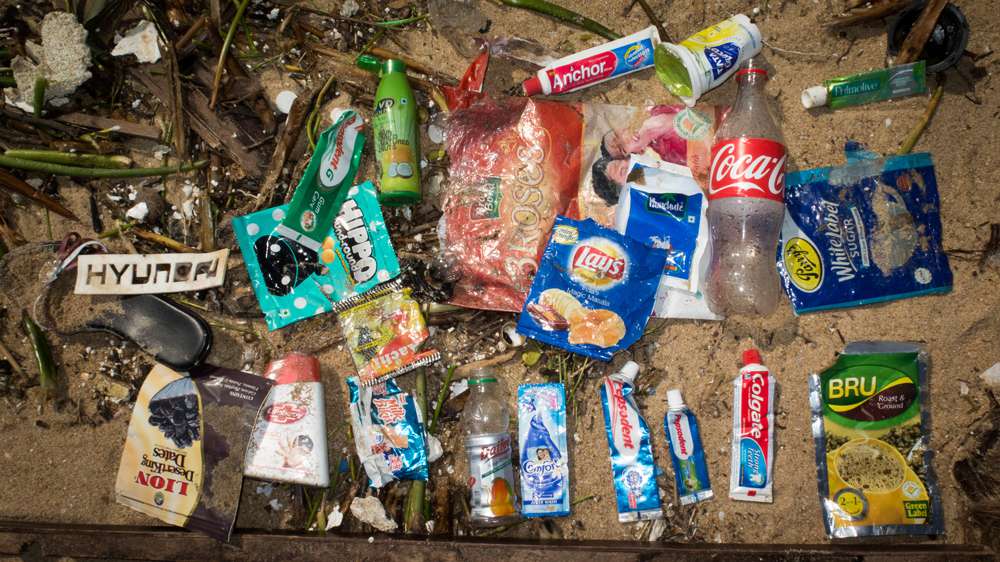

Photos: Amirtharaj Stephen.
The first spate of rains stretched the city's inadequate sewage treatment plants. The second, heavier, post-Diwali downpour saw the infrastructure collapse. On the driest of days, Chennai has only 476 million litres per day of treatment capacity against a citywide sewage generation of 580 mld. On November 16, when the Chembarambakkam Lake at the headwaters of River Adyar was opened, it washed to sea massive volumes of untreated sewage. The shore was awash with water hyacinths and foam, and the sea was an angry black, foaming and stinking monster.



Photos: Amirtharaj Stephen.
It is a good thing that the Global Investors Meet was held in the city in September. We would have been hard-pressed to impress the rich white folks of our world-class credentials had they come now.
Our streets are flooded and our beaches are trashed. In the fight between river and sea on who gets to keep the trash that Chennaiites generate, it may seem to the casual visitor that the sea is winning. Actually, for every tonne of garbage that gets thrown back to land, there is probably 10 that gets lost in sea.
MIDWAY a Message from the Gyre : a short film by Chris Jordan
From a distance, the trash looks impersonal. But get closer and you realise that what River Adyar and Chennai's beaches have lost in terms of natural biodiversity is more than made up by the diversity of discards that litter the shoreline. Trash, as a collective pronoun, hides the people and companies that made the trash possible. Attractive packaging and renowned brand names belonging to companies with corporate social responsibility portfolios that would make even Pope Francis do a double take, share the dirt near the Adyar estuary along with cheap helmets, cheaper footwear, water sachets and polystyrene packaging material.

Photo: Amirtharaj Stephen.
The garbage is not anonymous. A 2011 study by Chennai-based youth group Reclaim Our Beaches found trash with brands belonging to 301 companies in the garbage strewn around Adyar estuary. Nearly 30% of all the unique products were manufactured by 20 companies, all well-known and highly profitable businesses like Hindustan Unilever, Procter & Gamble and PepsiCo.


Photos: Amirtharaj Stephen.
The white of polystyrene (popularly known as thermocol, a DuPont trademark, or styrofoam, a Dow Chemical-trademark) is a sign of prosperity. It is the protective packaging for white goods. It is also a visible reminder of how no amount of tinkering can help correct the course of our pathologically consumerist society. Corporate-funded Swachh Bharats and car-free Sundays have more to do with feeling good and protecting the health of corporations than they do with protecting the earth's life-sustaining infrastructure.
Technological interventions are a red herring. Lifestyle interventions are needed at a societal, global level with changes in what we consume, how much we consume and why we consume.










